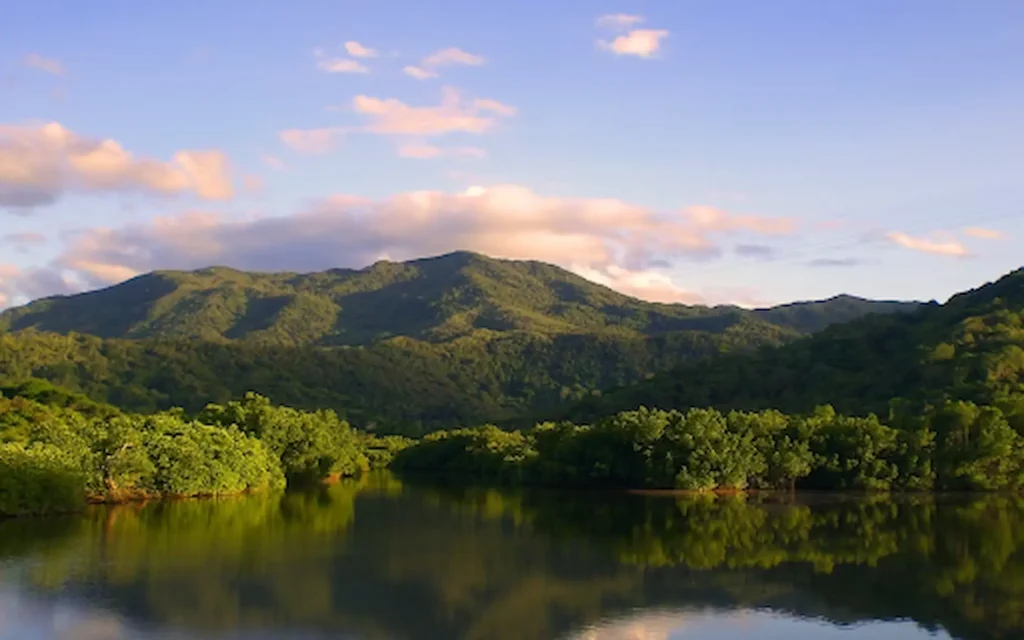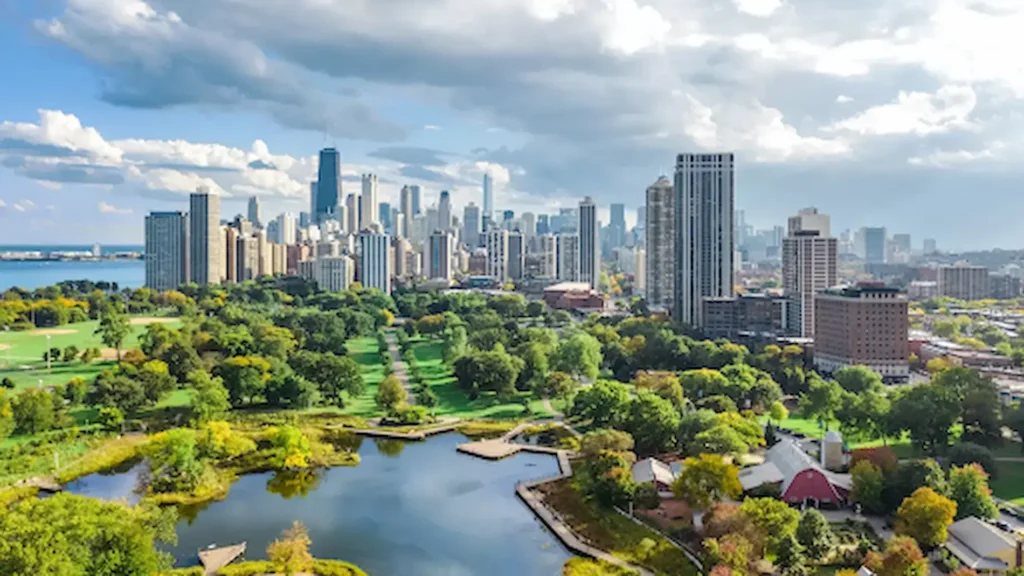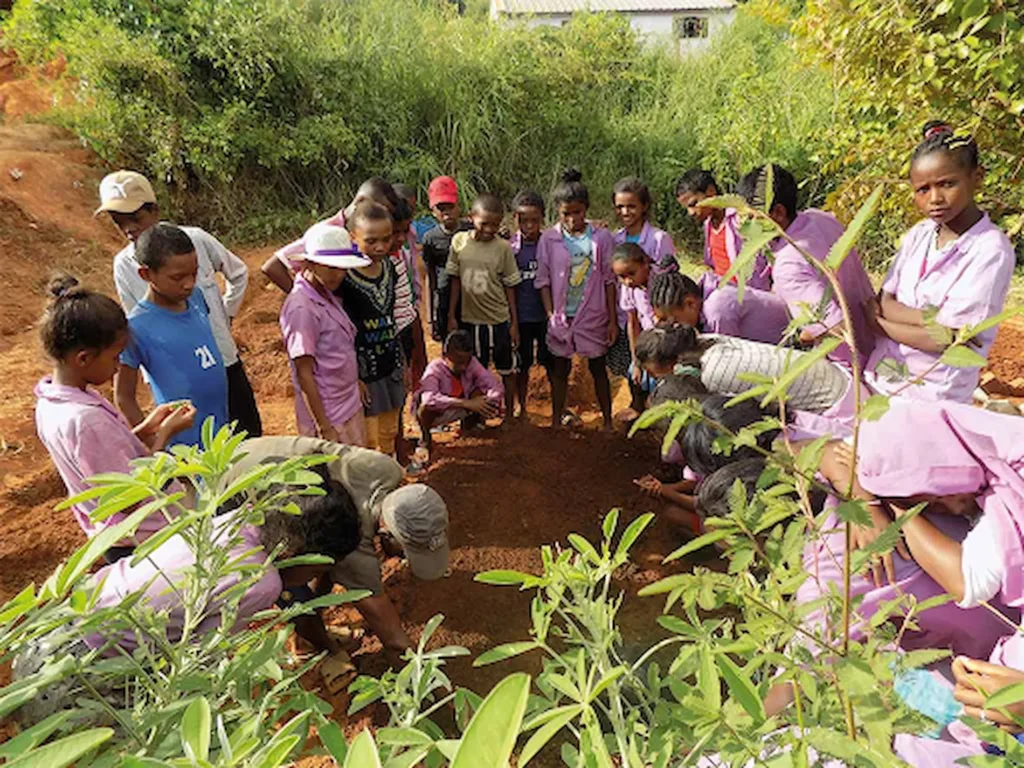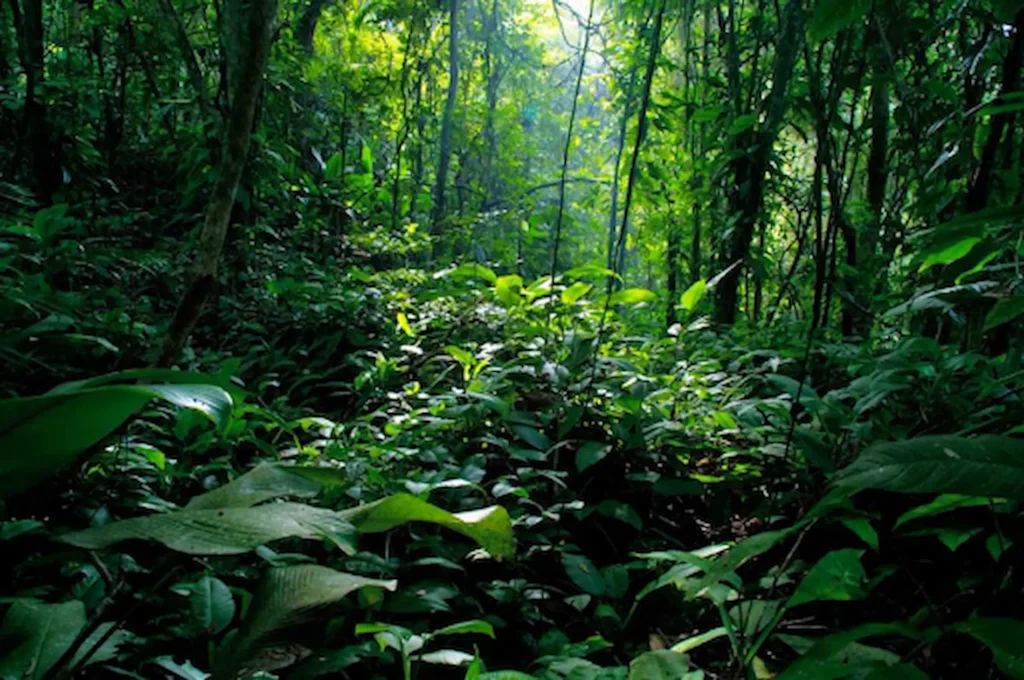The United States is home to a wide variety of landscapes, from dense forests and wetlands to deserts and coastlines. This natural variety supports a rich diversity of plant and animal life, making certain areas of the country known as biodiversity hotspots in the United States. These are regions where many species live, some of which exist nowhere else in the world. Biodiversity hotspots also face significant environmental threats, making them vital areas for conservation.
One key feature of a biodiversity hotspot is that it must have at least 1,500 species of vascular plants as endemics—meaning they are found only in that location—and must have lost at least 70% of its original habitat. In the United States, this definition points to areas that not only support diverse ecosystems but are also under threat due to human activity, urban development, and climate change.
Major Biodiversity Hotspots in the USA
The California Floristic Province is one of the most well-known biodiversity hotspots in the United States. This region, which includes parts of California and a small section of Oregon, supports a unique mix of plant and animal species. Unfortunately, the rapid spread of agriculture and urban sprawl has placed much of this biodiversity at risk.

The Southeastern Coastal Plain, another key area, is home to one of the richest concentrations of freshwater species in North America. Wetlands, rivers, and hardwood forests all contribute to the area’s ecological importance. However, urban expansion and pollution have made conservation efforts urgent.
The Hawaiian Islands also qualify as a biodiversity hotspot. These islands contain many species that cannot be found anywhere else on Earth. Due to invasive species and climate changes, Hawaii has already lost many of its native plants and birds.
If you’re interested in understanding more about the importance of protecting such areas, our section on Wildlife Conservation and Biodiversity offers more insights and ongoing educational content.
Why Biodiversity Hotspots Matter to Our Climate and Future
Protecting biodiversity isn’t only about saving animals or plants. It is directly connected to climate regulation, food security, water purification, and human health. Biodiversity hotspots are fragile areas that offer critical benefits, such as carbon storage, which helps in mitigating the impact of global warming.
By exploring our Climate Education category, you can learn how biodiversity ties in with broader environmental issues, and why understanding these natural systems is vital for future generations.
Role of Urban Areas and Individuals in Conservation
Urban growth is one of the top contributors to habitat loss. However, cities can also be a part of the solution. Through sustainable practices such as urban gardening, individuals can create green spaces that support native pollinators, birds, and small mammals. Whether you’re growing herbs on a balcony or planting native trees in your community, every small action contributes.
Our Sustainable Living section helps people across the United States adopt practical, eco-friendly habits that can help preserve biodiversity from the ground up.

We also emphasize the importance of using renewable resources. Through Renewable Energy Awareness, you can explore how clean energy choices impact ecosystems positively by reducing pollution and slowing habitat loss.
Threats to Biodiversity in the USA
Biodiversity hotspots in the United States are under constant threat from human activities. Habitat fragmentation, land conversion for agriculture, deforestation, overfishing, and pollution all contribute to the decline of wildlife. Even light pollution and noise pollution in urban settings can disturb natural behaviors in animals, especially migratory birds and nocturnal species.
In places like the Gulf Coast or the Everglades, chemical runoff from industrial and farming practices is poisoning waterways and destroying breeding grounds for fish, amphibians, and water birds. Without serious efforts to reverse these actions, we risk losing entire ecosystems.
At Green Zone Hub, we advocate for a shift toward sustainable habits. Through our Sustainable Living articles, readers can learn how simple everyday choices can reduce harm to these critical environments.
Solutions: Conservation, Education & Community Action
Protecting biodiversity in the U.S. doesn’t always require large-scale programs. Sometimes, small community-driven efforts can create meaningful change. Community gardens, native tree planting, habitat restoration, and even environmental education in local schools can all make a difference.

One of the most powerful tools we have is awareness. Educating the public on the importance of biodiversity hotspots through trusted content is something we take seriously at Green Zone Hub. Whether you’re reading about urban gardening initiatives or renewable energy policies, our goal is to help you take action in your own space.
Even if you’re not located in a recognized biodiversity hotspot, your efforts still matter. Reducing your energy use, supporting local farmers, planting native species, and saying no to pesticides are all part of a collective solution.
Why Biodiversity Should Matter to Every American
The beauty of biodiversity is not just found in distant forests or protected national parks. It exists in local rivers, city parks, and even backyards. From the bees that pollinate crops to the trees that clean our air, biodiversity supports life as we know it.

Losing species affects agriculture, water quality, medicine, and even the stability of our climate. Protecting biodiversity hotspots helps ensure that future generations inherit a planet that still thrives with color, sound, and balance.
To explore more about how you can support efforts in your state or community, feel free to visit our Wildlife Conservation and Biodiversity section.
Why Choose Green Zone Hub?
Green Zone Hub isn’t just another environmental website—we’re your trusted partner in making eco-conscious living practical and powerful. Our content is built on credible research, real-world applications, and an inclusive approach that welcomes everyone into the climate conversation.
When you explore our dedicated topics like Climate Education, Renewable Energy Awareness, or Sustainable Living, you’re not just reading—you’re learning how to be part of the solution.
If you’re inspired to take the next step, we invite you to get in touch. Whether you’re an individual, a teacher, or a community leader, we’re here to help you engage with environmental solutions that work.
Conclusion
Biodiversity hotspots in the United States are not only rich in life—they’re critical to the balance of our ecosystems and future sustainability. From the wildflower-covered hills of California to the unique species found only in Hawaii or the freshwater life of the Southeast, these regions are worth protecting. While many threats continue to put pressure on these areas, there is still time to take action.
By understanding where these hotspots are and why they matter, we can make informed decisions to help preserve them. Whether through policy, education, or personal lifestyle changes, every step counts. At Green Zone Hub, we believe that awareness leads to action. And action leads to impact.
FAQ: Biodiversity Hotspots in the United States
Q1: What qualifies an area as a biodiversity hotspot?
A biodiversity hotspot must have at least 1,500 endemic plant species and must have lost at least 70% of its original habitat. These areas are rich in species but threatened by human activity.
Q2: Which biodiversity hotspots are found in the USA?
Some major ones include the California Floristic Province, the Southeastern Coastal Plain, the Hawaiian Islands, and parts of the Appalachian Mountains.
Q3: Why are biodiversity hotspots under threat?
Urban development, climate change, pollution, and invasive species are major causes of biodiversity loss in the U.S.
Q4: How can I help protect biodiversity?
Start with small actions—plant native species, reduce waste, support conservation programs, and read educational resources from trusted platforms like Green Zone Hub.
Q5: Can cities support biodiversity too?
Yes! Through practices like urban gardening, creating green roofs, or reducing pesticide use, even urban areas can play a role in conservation.
Q6: What is the most biodiverse region in the USA?
The Southeastern United States, particularly the Southern Appalachians and Coastal Plains, is considered one of the most biodiverse regions in the country. It includes hundreds of freshwater species, plants, and rare amphibians.
Q7: Are biodiversity hotspots protected by law in the USA?
Some areas are protected through national parks, wildlife refuges, and conservation easements. However, many biodiversity hotspots remain vulnerable due to limited legal protection and insufficient funding.
Q8: How does biodiversity affect the economy in the United States?
Biodiversity supports essential industries like agriculture, forestry, fishing, and tourism. It also helps regulate ecosystem services such as pollination, water purification, and soil fertility—all of which contribute to economic stability.
Q9: What role does renewable energy play in protecting biodiversity?
Transitioning to clean energy reduces carbon emissions and air pollution, helping to slow climate change—one of the leading causes of species extinction. Explore our Renewable Energy Awareness section for more information.
Q10: How can I teach children about biodiversity in the USA?
Start with interactive activities like nature walks, wildlife observation, or school garden projects. Our Climate Education page also provides accessible resources to help children understand the importance of biodiversity from a young age.
